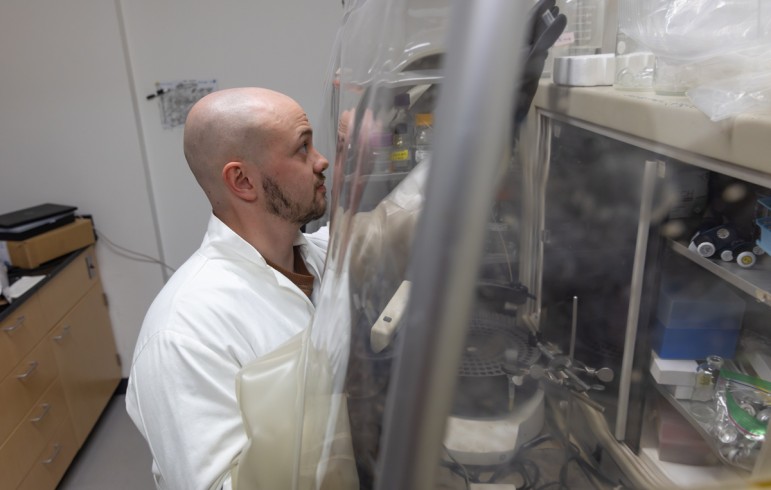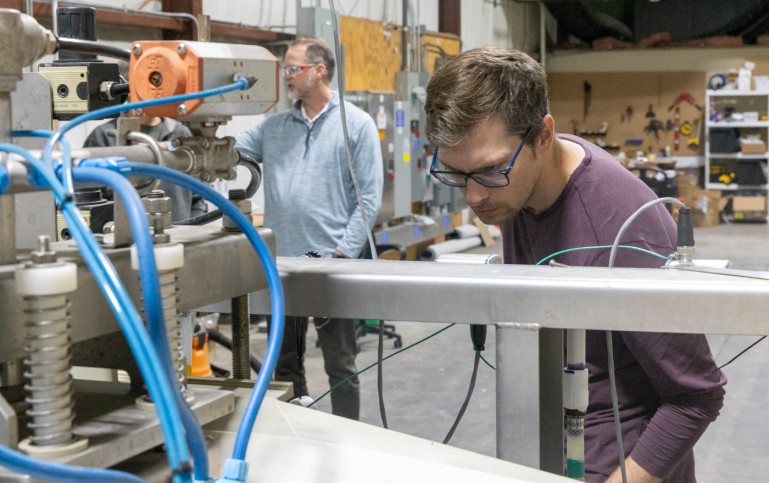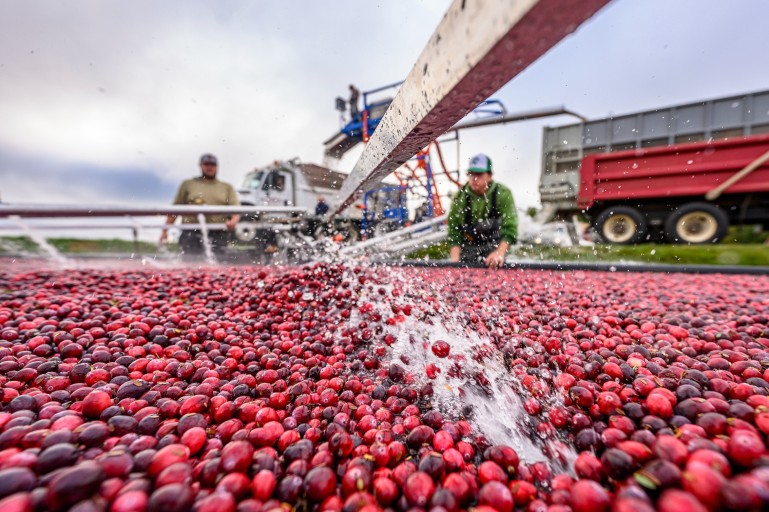Platinum is a highly reactive and in-demand catalyst across the chemical and energy industries, but a team of University of Wisconsin-Madison and Georgia Institute of Technology scientists could reduce the world’s dependence on this scarce and expensive metal.
A group of researchers, professors and students gathered in the Wisconsin Energy Institute June 17 to hear energy policy expert Gary Radloff describe how a commitment to technology innovation can drive a stronger, cleaner energy system.
The debate over energy consumption and its consequences is constantly evolving, whether the subject is fossil fuels or renewables. The Massive Open Online Course “Energy and the Earth” will give thousands of people an online forum in which to explore these topics.
“How air quality and energy affect each other is the single biggest story no one is hearing about,” says Tracey Holloway, University of Wisconsin–Madison professor of environmental studies and chair of this year’s Energy Summit, which will take place on Tuesday, October 13, 2015.
We don’t think about it when we turn on the faucet for a cold drink of water, but it takes quite a bit of energy to fill that glass. How much energy is a question that University of Wisconsin–Madison graduate students Andrew Behm, Andy Lick, and Annie Lord spent this past spring pursuing.
Genetics assistant professor Chris Hittinger and bacteriology assistant professor Garret Suen have been selected to receive Alfred Toepfer Faculty Fellow Awards.
Portable electronics — typically made of non-renewable, non-biodegradable and potentially toxic materials — are discarded at an alarming rate in consumers' pursuit of the next best electronic gadget.



